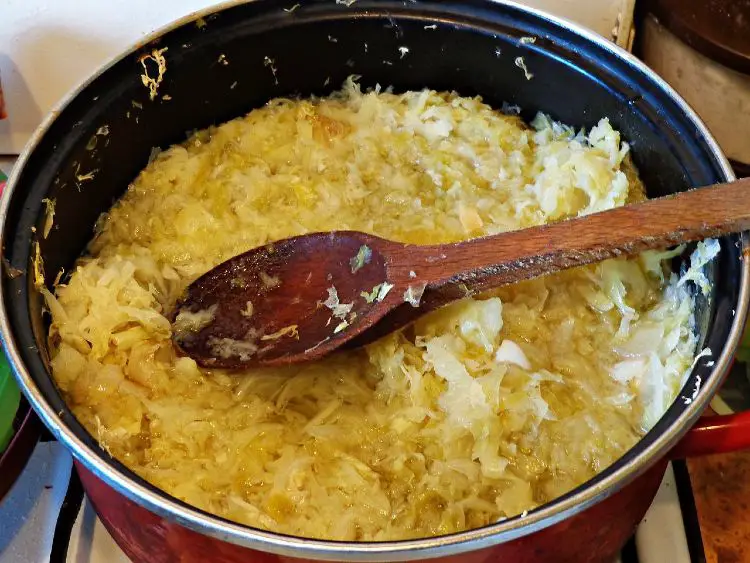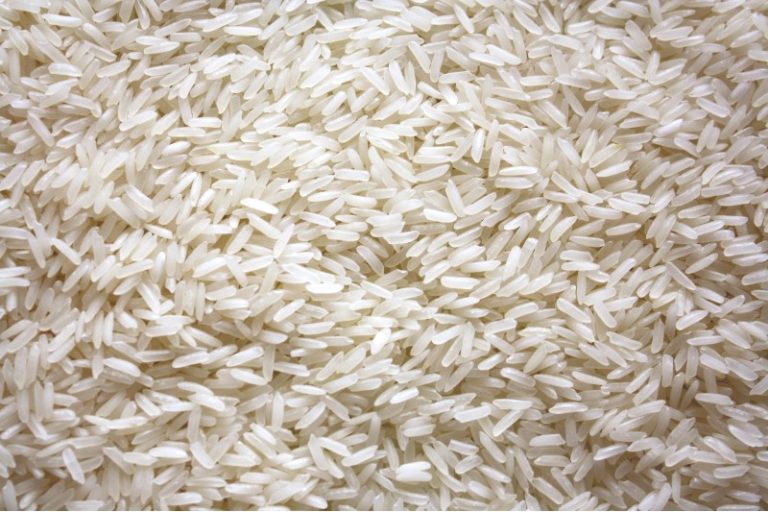Snail Love in Provence
Anyone with a garden, courtyard or single plant pot, has a common enemy: the snail. Here in Provence, the locals have dealt with this pest, not by putting down poisonous pellets, but by doing what the French do best, eating it! It is even part of the Provençal national dish, Aioli (salt cod, boiled egg, boiled carrot and potatoes, snails and garlic mayonnaise). Anyone who is born and bred in Provence will tell you how they remember their grandmother collecting snails in the countryside and preparing them for the pot by starving them for a week to purge them of their bitterness.
I was tempted to try it out myself with the myriad of snails chomping their way through my plant pots, but decided instead to visit a snail farm, just outside Saint Remy, to see how the professionals do it.
Alphonse de Meis, specialist snail breeder or “héliciculteur”, is the owner of the farm and I arrange to go and visit him around 7 o’clock in the evening, which, he tells me, is when the snails start to emerge. When I arrive, he greets me on the drive, he is carrying some plastic containers, that look like take-away boxes, inside he tells me are baby snails. They look like tiny pale pebbles, harmless enough!
He tells me it’s feeding time for the snails and invites me to accompany him. We go into the field beside his house, which is blooming with poppies at this time. It looks like an idyllic Provençal scene. Large square areas of the field have been enclosed with low corrugated metal walls with an electric wire along the top. These are the snail pens, and the electric wire is to keep the snails inside the pens, as well as to keep predators, like hedgehogs, porcupines and rats, out.
Inside the pens there are various plants and herbs growing, thistles and rosemary and there are rows of wooden boards running down the length of the pen. So far I haven’t seen very many snails, but Monsieur de Meis lifts up one of the boards and underneath are literally hundreds, clinging to the wood, evidently still snoozing.
Monsieur de Meis rears two types of snails, which he keeps in separate pens. One is “Le Petit Gris” (Helix Aspersa Müller) which is small and indigenous to Province and “Le Gros Gris” (Helix Aspersa Maxima) which originate from Algeria. The Petit Gris is cooked and eaten out of its shell, whereas the Gros Gris is most commonly used for its meat only and prepared out of the shell.
He feeds the snails an organically prepared meal, which he scatters over the wooden boards from a plastic basin slung round his neck, he looks like he is sowing seeds. It takes about an hour for him to go round all the pens. There are water sprinklers in the pens, which come on after he has put the food out and the moisture, along with the smell of the food, entice the snails to emerge.
The snails stay outdoors for all of their growing, or fattening up time, which for the Petits Gris is 90 days and for the Gros Gris is 120. On reaching maturity the snails start to mate and it is at this point that they are collected. The choicest snails are kept for reproducing and the rest are starved for a week and then sent off to a special laboratory where they are cooked under special, supervised conditions.
The ones destined for reproducing go to a cold room where they are put into hibernation until spring the next year when they are woken up in the climate-controlled spawning shed. This method of ‘keeping them on ice’ or halting their natural development means that they will all mate and lay eggs at the same time, and the process can be regulated and overseen and the age of the newborn snails calculated.
Snails are hermaphrodites, which means they have both male and female sex organs, but they do not self-fertilise and so have to fertilise each other’s eggs. Their courtship starts with the tickling of each other’s tentacles and circling each other whilst trying to inject a ‘love’ dart into the other. The point of the dart, Monsieur de Meis tells me, is to sexually stimulate each other (this may be where the Greek myth of Cupid’s arrow originates from) and is a prelude to the mutual transference of sperm. The whole coupling can take up to 10 hours. Talk about going at it at a snail’s pace!
Monsieur de Meis takes me into the spawning shed behind his office. It is warm and humid and seems to be moving with the slow motion of writhing snails covering wooden shelves. There is a fetid smell and my first reaction is one of repulsion, I want to flee. Meanwhile Monsieur de Meis is very excited and points out to me couples in the process of procreating, one snail even has a dart in its neck, this he tells me is a rare sight. Another couple are in the process of transferring sperm to each other, he picks them up to show me. There is something quite gross and yet at the same time quite fascinating about seeing such a graphic display of a snail’s sex life.
There are nesting trays on the shelves, which have a rubber insert with holes into which the snail lays its eggs, 10 days after fertilisation. Each snail lays around 100 eggs, and when it’s finished, it covers the hole with excrement. Monsieur de Meis then collects the eggs and leaves them to incubate in the plastic boxes.
Once the baby snails emerge, they are released into the pens after 8 days.
It seems that the rearing of snails, escargots, cagouilles or Hélix is serious business. There is even a Confrérie des Cagouille (brotherhood of snails) who perform various ceremonies throughout the year. A staggering 35 000 – 40,000 tons of snails are consumed in France but only 1,000 tons are actually reared there, the rest are foraged or imported from Eastern Europe or Turkey.
Monsieur de Meis is not certified organic, but he uses no pesticides in the fields and only feeds the snails organic feed. Snails absorb and retain pesticides and therefore, even if they are collected in the wild, can be found to have as many as 15 different chemicals in their bodies.
At the end of the visit, we go into his office where he sells his snails. There are some in the freezer prepared in the way we know best, with butter, parsley and garlic, but there also jars of snails on shelves that he has prepared himself and cooked in a court-bouillon, or a tomato sauce, a spicy sauce, with cèpes, with girolles, there is even a snail butter spread for toast. I buy a jar of snails in bouillon and a jar of his homemade Provcençal sauce and thank him for the visit. Monsieur de Meis tells me he often has summer soirées in his field, for which he cooks, guess what? Snails. He promises to invite me when he next hosts one.
Later I cook the snails for my husband and myself and invite a neighbour to join us. The neighbour tells us how his grandmother used to cook them and I follow suit. I heat up the snails in their bouillon and put it all, along with the tomato sauce into the rice and cook it all together, like paella. The rice absorbs the stock from the snail bouillon and the rice mixes with the snail meat in the shell. Déliceux!
Contact Details
To read Angela Billow’s food blog visit: www.provencecalling.com
Follow Angela Billows on Twitter: @abillows
For more reading on snail farming and recipes you can go to the French site http://heliciculture.escargot-blond-des-flandres.com/index.php


